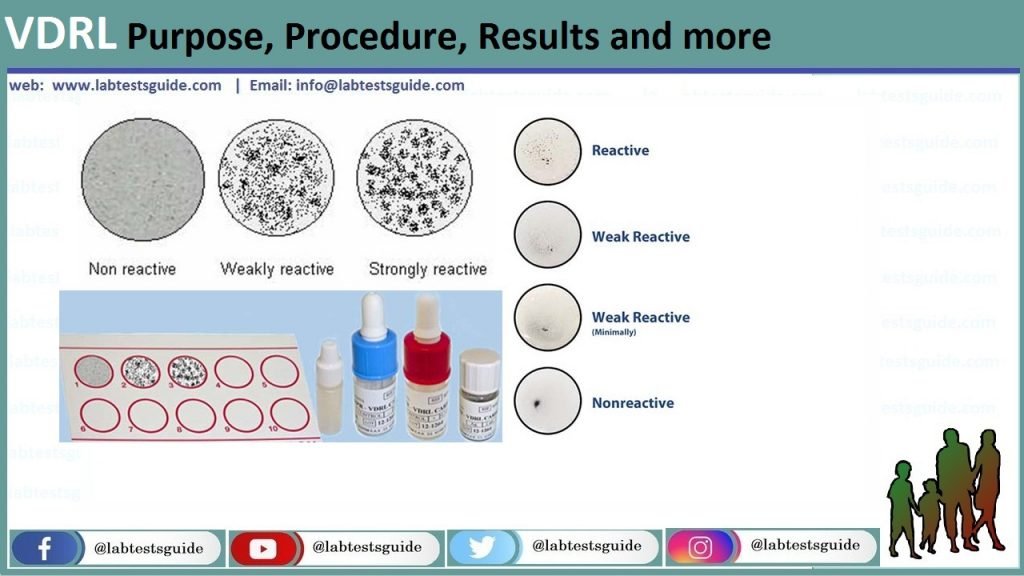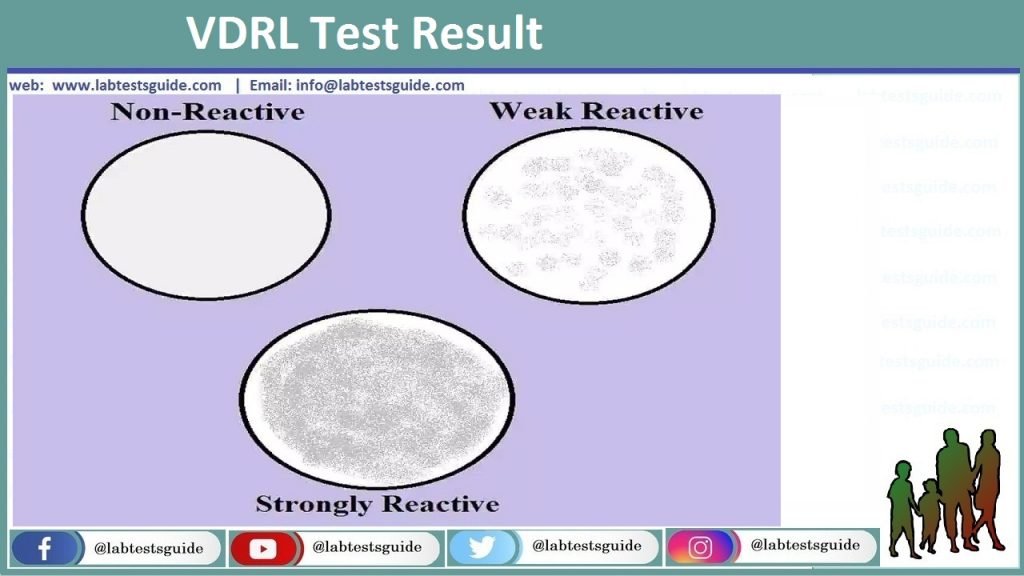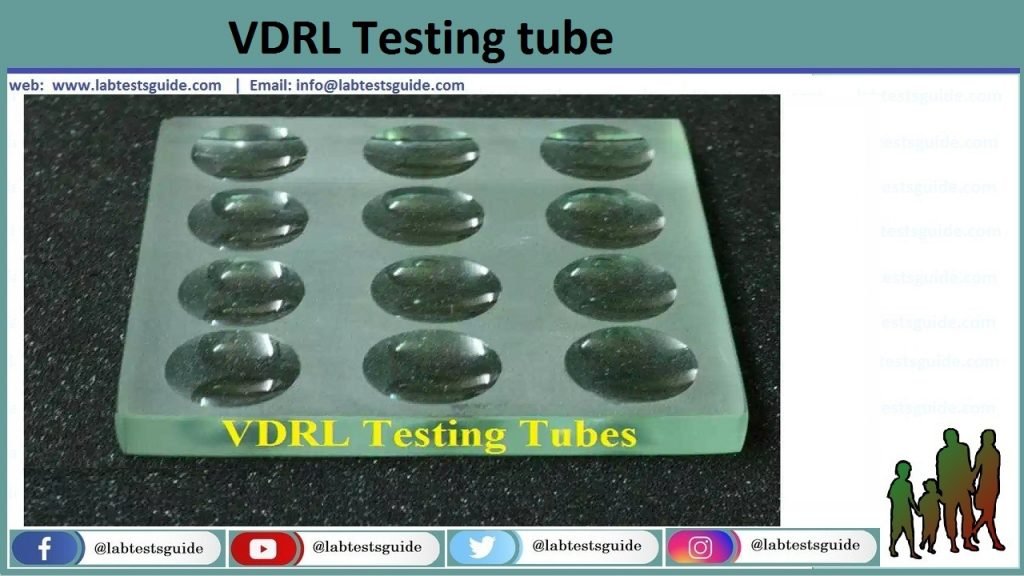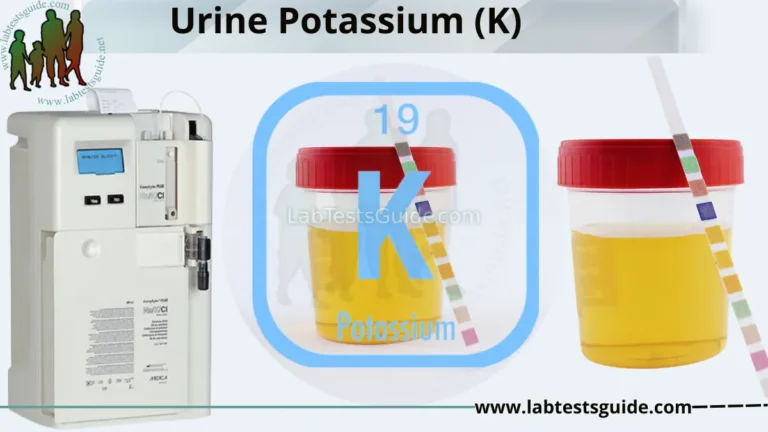SYPHILIS:
Basically syphilis is a bacterial infection frequently transmitted by sexually intercourse. The disease begin as a painless sore usually on genitals area, mouth and rectum. Syphilis transmit by person to person through mucous membrane and skin interaction with these types of sores.
Syphilis is also known as venereal disease which is spread by spirochete Treponema palladium which is a bacteria. This bacteria can’t be culture on an artificial and routine media. The laboratory diagnosis of syphilis relay upon the correlation of clinical data either with the demonstration of bacterial lesion or serological tests. Serological techniques for syphilis comprise the following:
- Treponemal tests: Identify the antibodies to Treponema palladium for example, Micro Haemagglutionation and Treponema palladium MHA-TP). Fluorescent Treponema palladium antibody absorption (FTA-ABS).
- Non treponemal tests: Identify the antibodies made in reply to lipoidal material released or free from the damaged host cell. These antibodies are usually known as ‘REAGINS’ e.g. VDRL and RPR serological tests.
.

VDRL – Venereal Disease Research Laboratory:
Venereal Disease Research Laboratory – VDRL is a non treponemal micro flocculation test which is used for the screening of syphilis disease. It identify the IgG and IgM antibodies to lipoidal material which are being release from the damaged person cells, as well as to lipoprotein like material and perhaps cardio lipin released from the Treponema bacteria.
Principle:
The presence/existence of lipoidal antibodies in patient’s serum or cerebrospinal fluid (CSF) is identify by non-specific antigen technique, suspended/mix in buffered saline solution. The heat will help to in activate serum by destroying complement and CSF is suspended with VDRL antigen. If the sample consist of reagin, flocculation will be produced which are observed/examined with the help of microscope. Non-reactive samples look as homogeneous suspension.
Samples or Specimens:
Only serum and CSF are suitable samples for VDRL testing. Serum must be heated at 56°C for 30 minutes to destroy all complement, while there is no heat treatment is compulsory for CSF samples. The cardio lipin made up of about 0.9% cholesterol, about 0.21% lecithin, 0.03% cardio lipin. Basically cardio lipin antigen is an alcoholic solution.
Qualitative Technique:
Procedure:
- Bring the VDRL antigen suspension, controls and specimens at room temperature 20 to 25°C.
- Take a drop of 50 micro litter from sample, positive and negative controls into different circles of the disposable slide.
- Add 1 drop of well mixed VDRL antigen next to the sample, as well as positive and negative control.
- Mix the sample and VDRL reagents thoroughly and spread it uniformly over the full circle with the help of mixing stick.
- Rotation of the slide gently and continuously either manually or on a mechanical on a rotor at 180 RPM.
- Look initially for flocculation and further confirmed on microscope in 8 minutes.
Interpretation:
- Reactive: Indicated/Showed by large or small aggregates in the center of the circle or the edge of the circle.
- Non-reactive: Indicated/Showed by a smooth, even and light gray color appearance with no visible aggregates. Do the quantitative test technique using each dilution.
Interpretation and Results:
- Reactive
- Weak Reactive
- Strongly Reactive
- Non-Reactive

Semi Quantitative Technique:
- With the help of Isotonic Saline prepare serial dilutions of the specimen, which is positive in the qualitative test as 1:2, 1:4, 1:8, 1:16,1:32, 1:64, 1:128 and so on:
- For every sample which is to be tested, add 100 micro litter of 0.9% saline in a test tubes labelled as 1 – 5.
- Take 100 micro litter of sample in test tube number 1.
- Mix it well and avoid from the production of bubbles.
- Transfer 100 micro litter of mixed sample from tube number 1 to 2.
- Then from 3 to tube number 4 and 5, make the serial dilution.
- Discard 100 micro litter from tube number 5 after well mixing.
- Tubes 1 – 5 now representing a serial dilution series as follows:

| Number of Tubes | 1 | 2 | 3 | 4 | 5 |
| Serial Dilution | 1:2 | 1:4 | 1:8 | 1:16 | 1:132 |
Interpretation and Results:
The Titer is indicated the reciprocal of the highest dilution, that showing positive result.
Limitations and Precaution:
- Biological false-positive reactions can occur with cardio lipin antigens, mainly in specimens from persons who abuse drugs; who have diseases such as lupus erythematous, mononucleosis, malaria, leprosy or viral pneumonia; or who have recently been immunized.
- Reactive sample must be studied for further serologic tests, plus quantitation, when will be possible.
- A prozone reaction can observe. In a prozone reaction, reactivity with undiluted serum will be hidden. The prozone occurrence might be doubted when a sample give only a weakly reactive results or an uneven non-reactive results in a qualitative technique.
- The VDRL test can be reactive in man from areas where Yaws Disease is found. As a law, remaining titers from these infections will be less then <1:8.
- There is no immune response evidence between 14 to 21 days after exposure of disease. This test is most valuable during the 2nd stage of syphilis infection when the occurrence of reagin at his peak, with distinctive results more than >1:32. It is less sensitive to primary syphilis infection, while there is a low level less then <1:16 in about 80% of those people who come for medical intrusion in the primary stage of syphilis.
Related Posts
Possible References Used






Serology ke mcq banaiye na sir